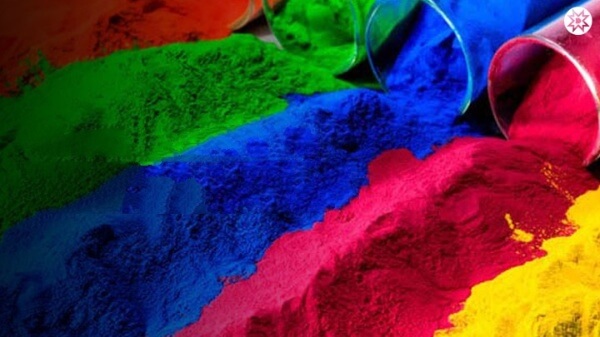Using pigments instead of reactive dyes in textiles and other materials can offer several advantages and disadvantages depending on the specific application. Here’s a breakdown of the key reasons why you should choose pigments over reactive dyes:
Advantages of Using Pigments:
1. Durability and Lightfastness:
- Pigments are generally more resistant to fading from UV light and washing compared to reactive dyes. This makes them ideal for applications where color retention is critical, such as in outdoor fabrics or products exposed to sunlight for extended periods.
2. No Chemical Reaction Required:
- Pigments do not need a chemical reaction to bond to the fabric, unlike reactive dyes, which chemically bond with the fibers. This can simplify the dyeing process and reduce the risk of unwanted chemical reactions.
3. Environmental Impact:
- Pigments typically have lower environmental impacts compared to reactive dyes. The dyeing process with pigments can produce fewer toxic by-products, and pigment-based dyes often require less water and energy. The water usage for washing away excess dye is also typically lower for pigment-based systems.
4. Wide Range of Color Options:
- Pigments can offer a broader range of colors and can be more stable in a wider variety of conditions. Certain pigments are less prone to chemical breakdown over time than reactive dyes.
5. Ease of Application:
- Pigments are easy to apply using different methods, such as screen printing or roller printing without requiring specialized equipment. In contrast, reactive dyes often require precise control of temperature, pH, and time during the dyeing process.
6. Good for Opaque Colors:
- Pigments are often preferred for achieving opaque, rich colors and for printing on dark fabrics, as they sit on the surface of the fiber. This is in contrast to reactive dyes, which are typically used to create more transparent colors that penetrate the fibers.
Disadvantages of Using Pigments:
1. Less Wash Durability (Without a Binder):
- Pigments typically require a binder to adhere to the fabric, and if this binder is not applied correctly, the color can wash out more easily. Without a good binder, pigments can have poor wash fastness.
2. Limited Fiber Compatibility:
- Pigments may not bond well with certain fibers, especially those that require deeper penetration for good color retention, like natural fibers. Reactive dyes, on the other hand, form a chemical bond with fibers like cotton, wool, and silk, making them more suitable for these materials.
3. Higher Initial Cost for Specialized Application:
- While pigment-based dyeing systems might be more environmentally friendly in some ways, the cost of setting up a pigment-based system (e.g., purchasing binders and specialized equipment for printing) may be higher compared to some reactive dye methods.
Ultimately, the choice between pigments and reactive dyes depends on the specific requirements of the project, including the fabric type, application method, and desired color properties.


